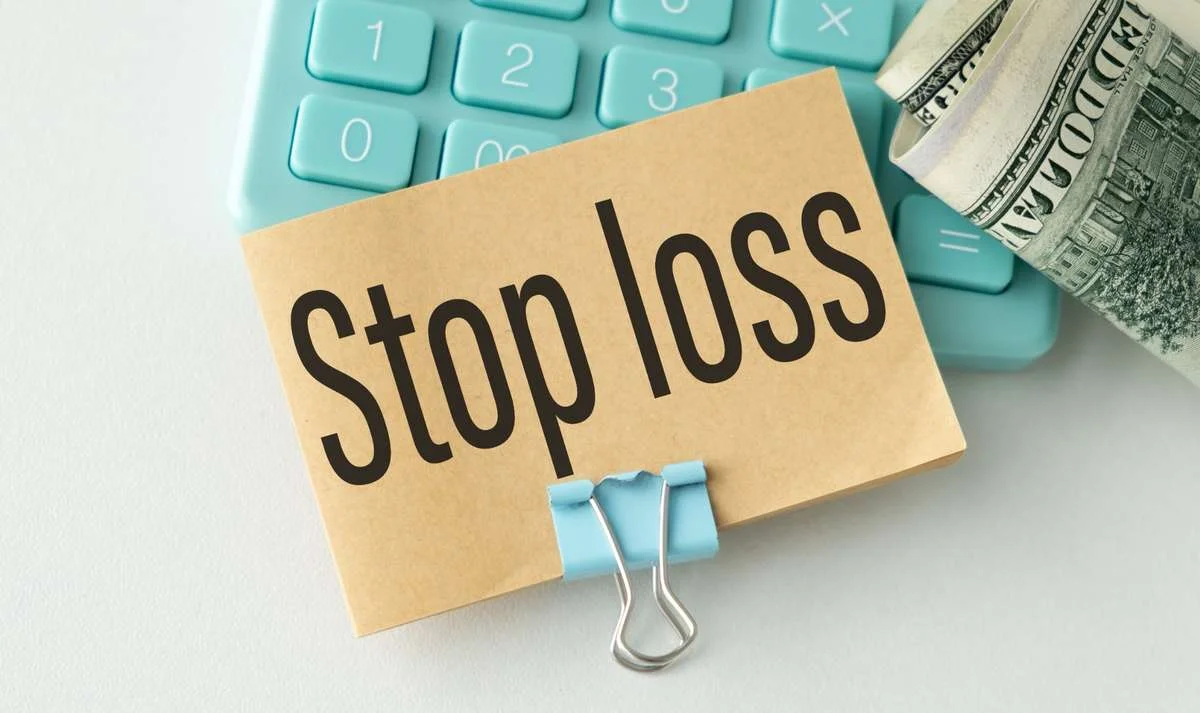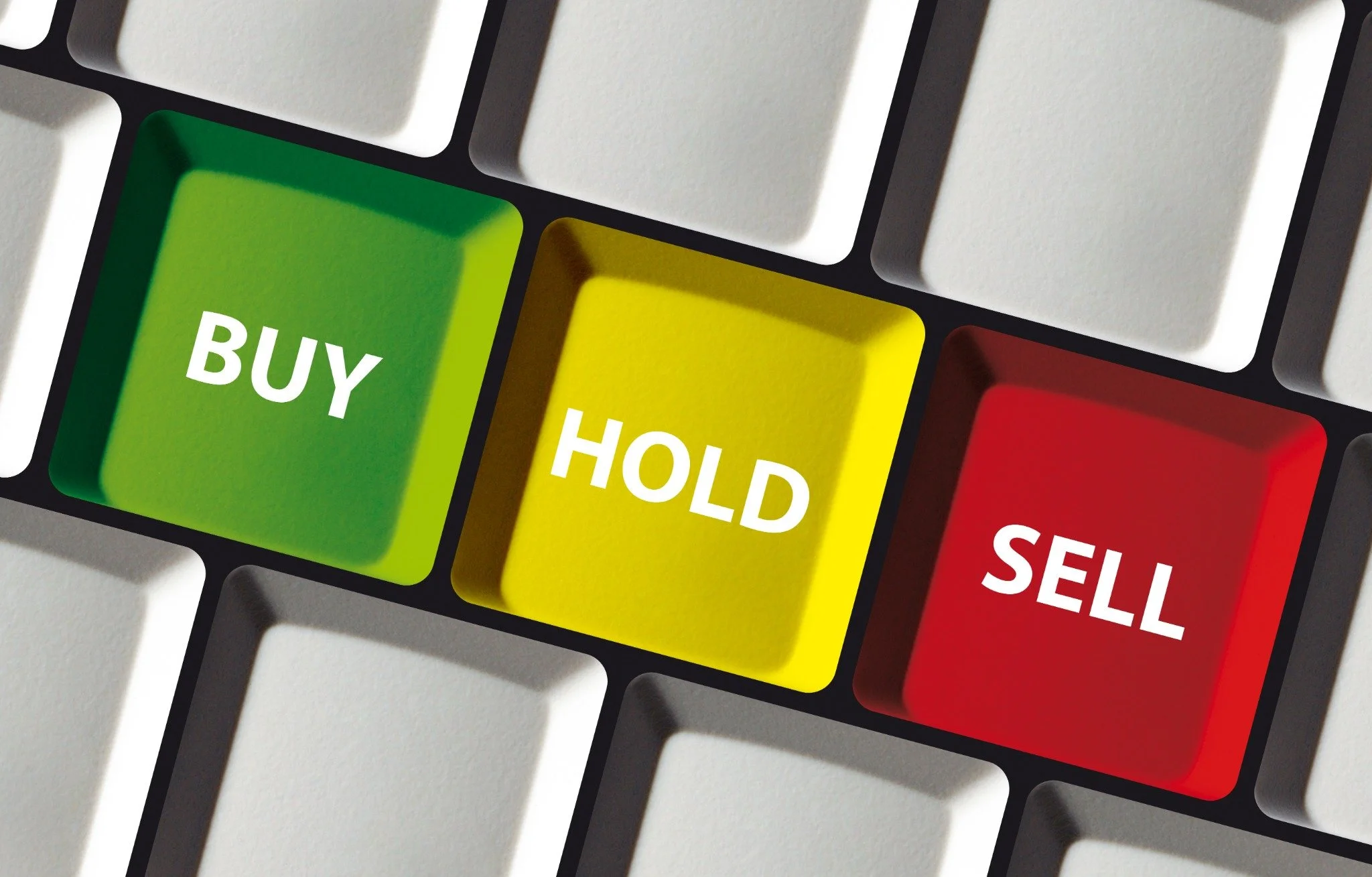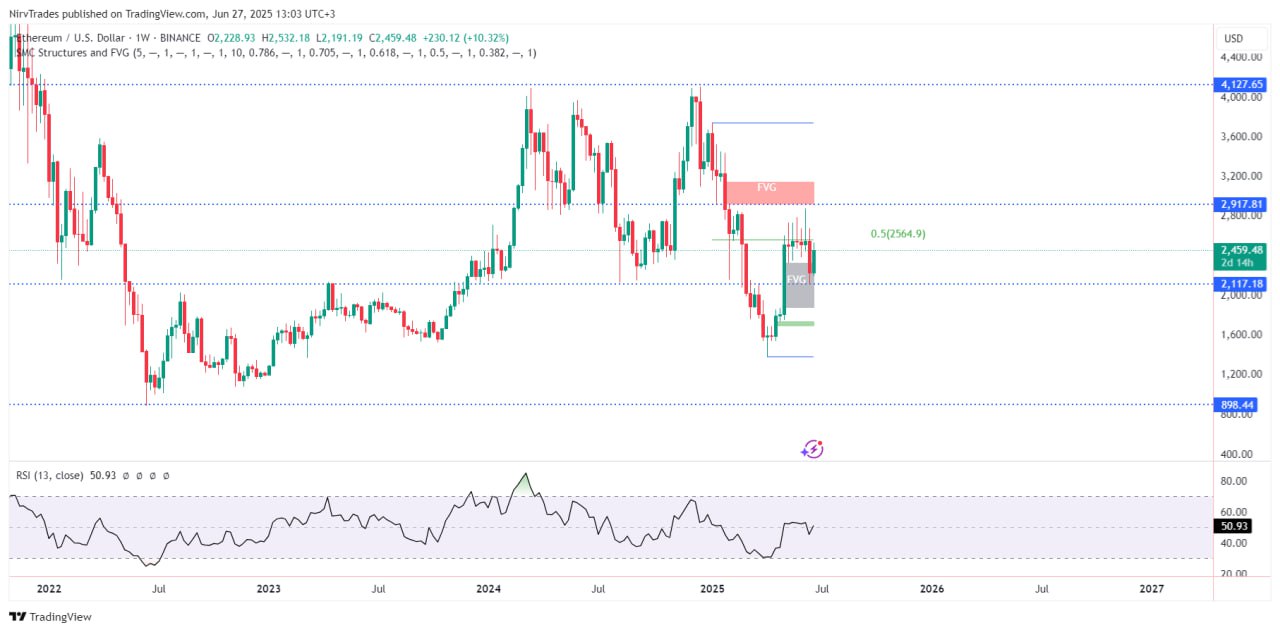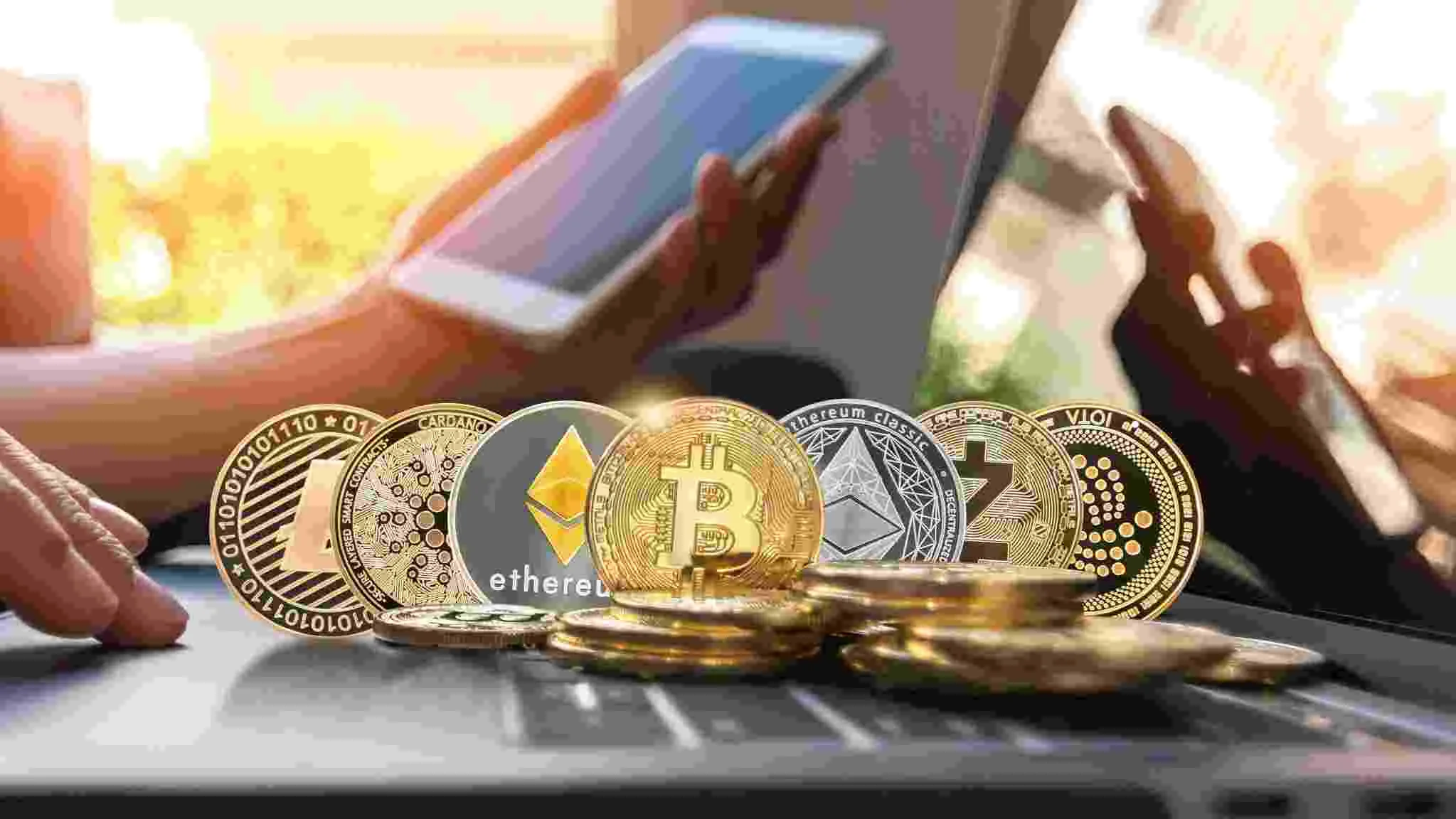Stop-Loss in Trading Signals: What It Is and a Proven Strategy to Protect Your Capital
AI Summary
- The stop-loss is a crucial tool in trading to protect capital from large losses, with a recommended range of 1% to 4% of trading capital.
- Setting a stop-loss order based on this strategy helps control emotions, promotes disciplined trading, and aligns with professional money management standards.
- Following this stop-loss approach with reliable trading signals can ensure long-term sustainability and market resilience in various trading markets.
The stop-loss is one of the most essential tools in trading, designed to protect your capital from large losses. Using a stop-loss of 1% to 4% of your capital means setting a clear limit on how much you are willing to lose in any single trade. This approach ensures you can continue trading even after a losing streak while applying reliable trading signals.
Why 1% to 4%?
- 1%: Ideal for conservative traders, it minimizes the impact of repeated losses on your balance.
- 4%: A bolder option for slightly more aggressive traders seeking higher profit potential, but with greater risk.
How to Apply This Strategy
- Calculate 1%–4% of your account balance — this is your maximum allowable loss per trade.
- Set your stop-loss order so that your potential loss does not exceed this calculated amount.
- Ensure your stop-loss level aligns with the entry point provided by your trading signal.
Benefits of This Stop-Loss Approach
- Protects your capital from significant losses.
- Promotes disciplined, organized trading.
- Helps control emotions and reduce impulsive decision-making.
- Aligns with professional money management standards used with global trading signals.
In Summary
Setting a stop-loss between 1% and 4% of your trading capital is a cornerstone of effective risk management. Whether you follow Forex, Gold, or Index trading signals, this method ensures long-term sustainability and market resilience. For high-quality trading insights, consider signals from trusted global sources like Economies.com.
Risk Warning: Trading leveraged products carries a high level of risk and may result in the loss of all your capital. This content is for educational purposes only and does not constitute financial advice or a direct trading signal.
Best Trading Signals and Optimal Lot Size by Account Balance for Effective Risk Management
Article Contents
Selecting the optimal lot size while following reliable global trading signals is a cornerstone of long-term success in the financial markets. Whether you trade Forex, Gold, Oil, Indices, or Stocks across international exchanges, risk management begins with knowing the correct position size for your account balance. This guide includes a practical lot size table, golden trading rules, and proven tips for applying signals in a global market environment.
If you are searching for the best Forex signals or commodity trading alerts, this resource will help you integrate them into your daily strategy while maintaining disciplined risk control.
Golden Rules for Safe Global Trading
- Adjust your lot size based on your account balance to minimize risk exposure.
- Always set a stop-loss to protect against unexpected market moves.
- Avoid overleveraging, especially in volatile global market conditions.
- Ensure a positive risk-to-reward ratio before placing a trade.
- Stay consistent—avoid impulsive trades that deviate from your plan.
- Follow trading signals from reputable global sources such as Economies.com.
Optimal Lot Size by Account Balance
| Lot Size | Account Balance ($) |
|---|---|
| 0.01 | 100 |
| 0.02 | 200 |
| 0.05 | 500 |
| 0.10 | 1,000 |
| 0.20 | 2,000 |
| 0.50 | 5,000 |
| 1.00 | 10,000 |
Tips for Each Lot Size
- 0.01 – 0.05: Ideal for beginners and for testing new strategies with minimal risk.
- 0.10 – 0.20: Suitable for intermediate traders applying structured, well-tested strategies.
- 0.50 – 1.00: For experienced traders with high conviction trades backed by thorough analysis.
Questions to Ask Before a Trade
- Is the risk-to-reward ratio at least 1:2?
- Is your stop-loss set based on sound technical or fundamental reasoning?
- Does your lot size align with your account size and market volatility?
- Are you following a disciplined trading plan based on trusted signals?
Global Trading FAQs
What is the ideal lot size for gold trading?
For conservative traders, start with 0.01–0.10 lots, keeping your risk per trade at 1–2% and using a clearly defined stop-loss.
Do trading signals vary between markets?
The principles remain the same globally, but liquidity, volatility, and trading sessions can vary across regions.
How can I best use daily trading signals?
Set your risk tolerance, confirm that the signal fits your trading plan, and always use a stop-loss.
Conclusion & Signals
Knowing your optimal lot size and following reputable global trading signals are crucial for sustainable performance. Stick to proven risk management rules and integrate insights from reliable sources like Economies.com into your global trading strategy.
Risk Warning: Trading leveraged financial products involves significant risk and may result in the loss of all invested capital. This content is for educational purposes only and is not a direct trading signal.
Could Ethereum Reach $10,000?
While most of the spotlight in the early days was on Bitcoin as the first digital currency, Ethereum launched in 2015 by Vitalik Buterin introduced a completely new concept—not just digital money, but a full ecosystem that allows people to build decentralized applications without intermediaries.
1. The Origins of Ethereum
Ethereum emerged during a time when the focus was solely on Bitcoin. Its goal was to start a new system where anyone could build decentralized applications (dApps) without needing centralized control or third parties.
2. More Than Just a Cryptocurrency
Ethereum is not just a currency named ETH—it’s a complete platform built on blockchain technology. Instead of being just a payment method, it’s an open ecosystem where developers can build decentralized apps powered by smart contracts. These contracts are coded agreements that automatically execute when certain conditions are met—revolutionizing the way we think of online interactions.
3. Smart Contracts: A Game Changer
Smart contracts eliminate the need for middlemen like lawyers or notaries. Once conditions are met, the contract executes automatically and cannot be changed or halted once published on the blockchain—ensuring security, automation, and transparency across industries like finance, insurance, and gaming.
4. Ethereum vs. Bitcoin: What’s the Difference?
While both are based on blockchain, Bitcoin is focused on being a digital store of value. Ethereum, in contrast, is a development platform for the decentralized web. In short:
Bitcoin is digital gold. Ethereum is the operating system of Web3.
5. dApps: A New Digital Revolution
Ethereum enabled the creation of dApps—applications that run on the blockchain without relying on centralized servers. From DeFi lending platforms and NFT marketplaces to blockchain games, users can now truly own their digital assets.
6. The Big Upgrade: Ethereum 2.0+
In 2022, Ethereum shifted from Proof of Work to Proof of Stake, reducing energy usage by over 99%. The next milestone is sharding, which will allow the network to process thousands of transactions per second, improving speed and scalability.
7. ETH Token: More Than a Payment Tool
ETH is used not only for trading but also for:
- Paying gas (transaction) fees
- Buying NFTs
- Staking to earn rewards
- Providing collateral in DeFi platforms
8. Ethereum’s Challenges
Despite its advantages, Ethereum has some challenges:
- High gas fees during network congestion
- Rising competition from faster and cheaper blockchains
- Smart contract vulnerabilities and price volatility
However, its consistent upgrades help it maintain leadership.
9. Is ETH a Smart Investment?
Many analysts believe Ethereum is more than just an investment—it’s a foundational digital asset in a constantly growing ecosystem. As demand for decentralized apps rises, ETH becomes more valuable, enhancing its long-term potential.
Technical Outlook
ETH has been moving sideways on the weekly chart since June 2022, between:
- Resistance: $4,125
- Support: $898.44
Currently, it is fluctuating between:
- New Resistance: $2,917.81
- New Support: $2,117
A breakout above $2,917 could lead to a test of $4,127. The bullish scenario is supported by the RSI holding above the 50 level.
Final Thoughts
Ethereum is poised to reshape the internet and the digital economy by enabling a decentralized future built on freedom, security, and innovation. With its unmatched development pace and growing real-world utility, reaching $10,000 is no longer just a dream—it’s a possibility.
Top 3 Altcoins to Trade in July 2025
With the rapid development of the cryptocurrency market and increasing investor interest in alternative assets that combine advanced technology with solid fundamentals, certain digital currencies are emerging as top options for trading in 2025.
In this article, we highlight three of the most promising altcoins: Ethereum (ETH), Solana (SOL), and Cardano (ADA), analyzing their fundamentals and technical outlooks to help you make smart trading decisions.
Ethereum (ETH)
About the Coin
Ethereum is the second-largest cryptocurrency by market cap and the backbone of many decentralized applications (dApps) and smart contracts. Launched in 2015, it's a leader in the DeFi and blockchain space. Its native token, ETH, is used for transaction fees and powering apps on the network.
Why Is It a Good Trading Option?
- Wide adoption: Ethereum is the foundational platform for most DeFi and NFT projects, making it a core element in the crypto ecosystem.
- Ongoing upgrades: In 2025, Ethereum continues to evolve with Layer 2 scaling improvements, boosting efficiency and reducing fees.
- Institutional demand: Major investors are backing ETH, strengthening its value and market stability.
- Strong developer community: Consistent innovation and application development are guaranteed by its active ecosystem.
Technical Analysis
ETH is in a sideways trend on the weekly chart since June 2022, ranging between $4,125 resistance and $898.44 support. Currently trading between $2,917.81 resistance and $2,117 support, it could target $2,917 and possibly $4,127 if resistance breaks. RSI above 50 supports the bullish case.
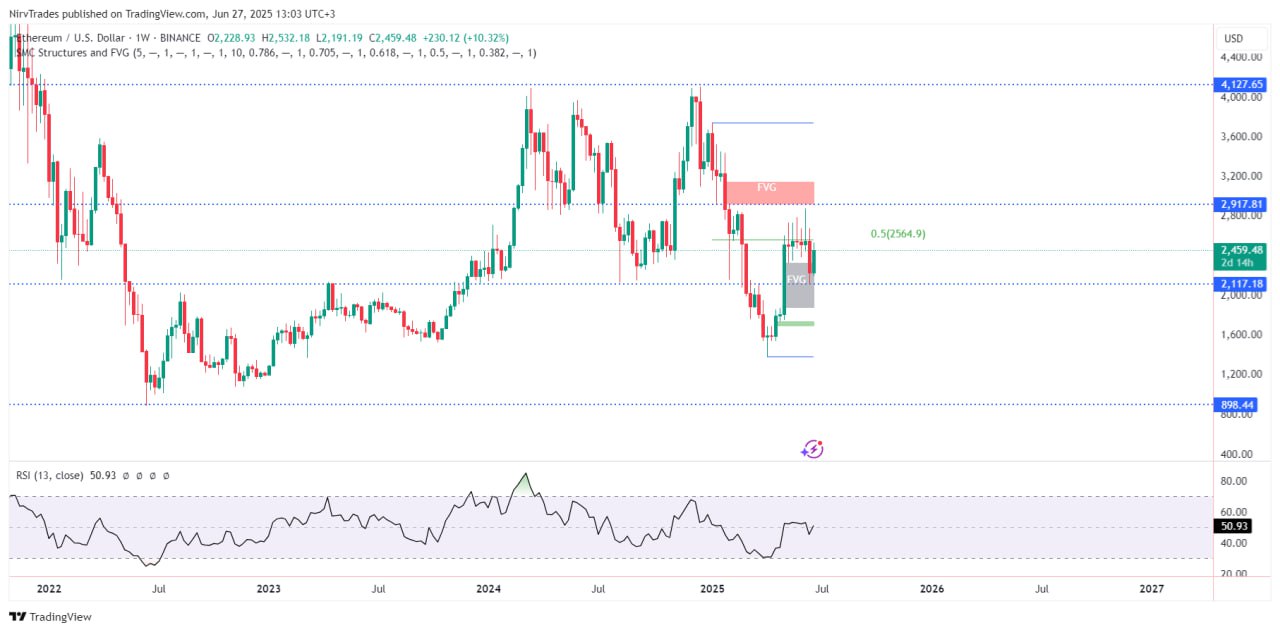
Solana (SOL)
About the Coin
Solana is a high-speed blockchain launched in 2020, known for its scalability and low fees. It uses a hybrid consensus mechanism combining Proof of History (PoH) and Proof of Stake (PoS). SOL is used for transaction fees and to power decentralized apps.
Why Is It a Good Trading Option?
- High throughput: Solana can handle thousands of transactions per second, making it one of the fastest chains available.
- Growing ecosystem: It hosts a wide range of DeFi, NFT, and blockchain gaming projects.
- Developer-friendly: Easy app development and strong partnerships attract constant innovation.
Technical Analysis
SOL is moving sideways between $294.33 resistance and $115.89 support on the weekly chart. A bullish ABCD harmonic pattern completed at $115.89, reaching its first target at $178.46. The next potential move is toward $294.33, supported by RSI above 50.
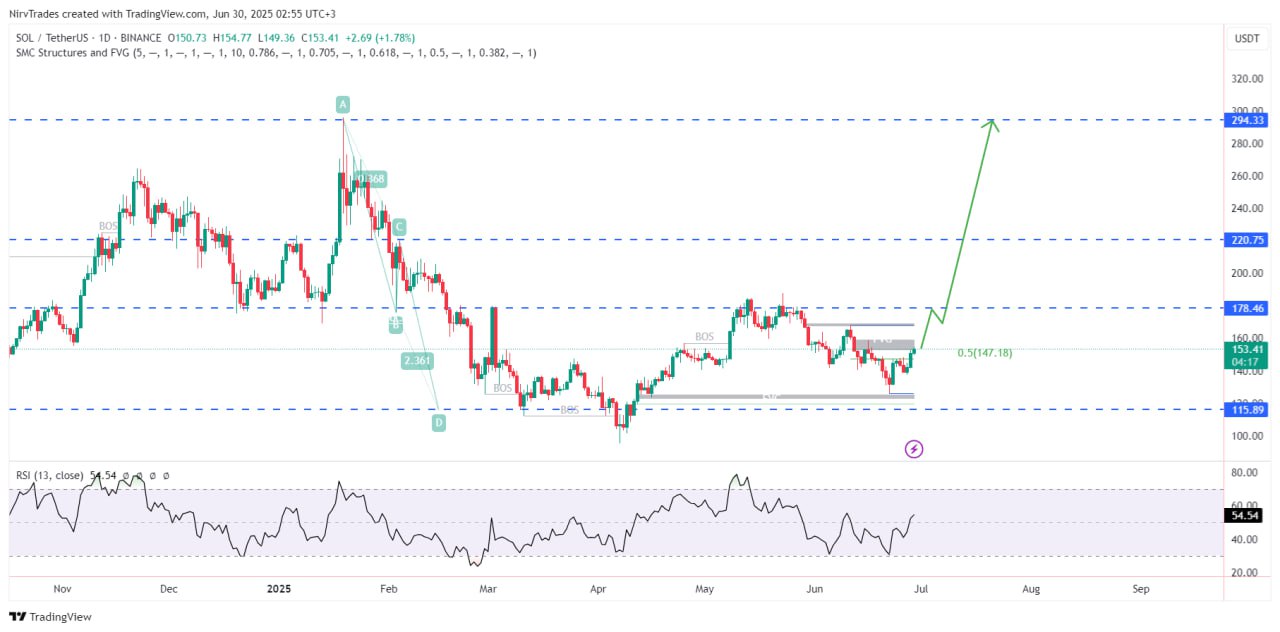
Cardano (ADA)
About the Coin
Cardano is focused on scalability, security, and sustainability. It was launched in 2017 by Charles Hoskinson, a co-founder of Ethereum. Using a PoS mechanism called Ouroboros, Cardano is known for its scientific and peer-reviewed approach to blockchain development.
Why Is It a Good Trading Option?
- Upcoming Leios upgrade: Expected by July 2025 to improve speed and competitiveness.
- Eco-friendly: Attracts sustainability-focused investors due to its energy-efficient design.
- Strong developer base: Maintains consistent development and innovation.
- DeFi growth: Recent surge in DeFi and dApps increases demand for ADA.
Technical Analysis
ADA has been trading sideways since March 2025 between $0.8377 resistance and $0.5094 support. After touching support, it began climbing again. Targets include $0.6673 and potentially $0.8377 if RSI closes above 50.

These three altcoins—Ethereum, Solana, and Cardano—are recommended by analysts for 2025 based on strong fundamentals, active development, and positive technical signals. Traders seeking crypto trading opportunities should keep a close eye on their performance.
